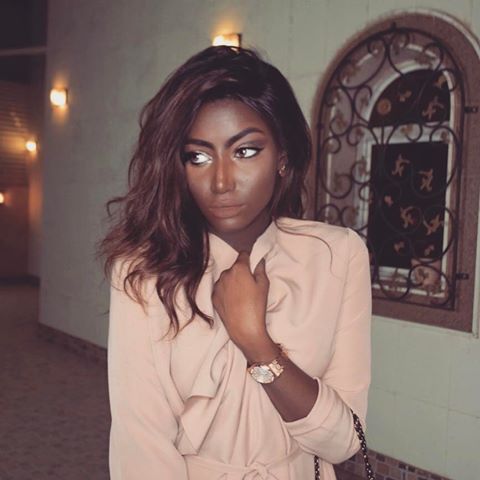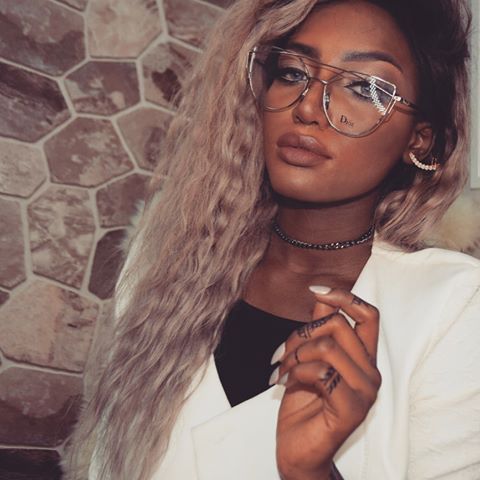- By Nurin Bhatt
Saudi Arabia’s fashion scene just saw it’s first black model

Advertise here from only OR 100 [$261 USD]

Abeer Sinder, a fourth generation Saudi Arabian who’s Great-Grand Parents originated from West-Africa is a make-up and fashion blogger and model, Saudi Arabia’s first black ‘face of fashion’.

While some may argue that being female is quite possibly one of the toughest aspects of living in the conservative kingdom of Saudi Arabia, the trials of dark-skinned men and women is one often overlooked. Much as in Indian culture many in Saudi Arabia consider fair (not white) akin to Ben beautiful. With white and black people finding it harder to find both spouses and work.
For Saudi health, beauty and fashion blogger and model, Abeer Sinder, the issue of racism is more than just a topic to be discussed and debated, it’s an issue she has dealt with daily since birth.
In recent weeks, Sinder’s YouTube video Yes she’s black.. but she’s pretty has gained traction with more than a quarter of a million views in just two weeks.
The title refers to a common offensive remark made by people she meets who believe they are complimenting a ‘black but pretty’ woman without realising the racist undertones involved, she suggests.
“We are told that our features are ugly but it’s okay because yes, you are black, but you’re also pretty and bubbly and you have good energy.”
“Growing up I always felt that my dark skin is beautiful and that I was pretty,” she said, “but that changed when I went out into society; I started to hear so many hateful, racist comments that made me hate myself for a while… I even considered skin bleaching.”

For much of the Arab world and some parts of south Asia and South America skin-bleaching is a daily reality, and anti-blackness is prominent, deeply entrenched and very much a taboo subject.
In fact, the sight of a dark-skinned Arab fashionista in the Arab world is hardly common. So rare is she that Sinder says all models, beauty bloggers and influencers she looked up to while growing up were “foreign”.
“The main reason why I started blogging is because in the Middle East, Saudi Arabia to be specific, there aren’t any social or public representatives of the ‘black girl’,” she said.
“I couldn’t relate to any of the public figures and style influencers I followed, and I looked for someone with my complexion so that I can benefit from their experiences but I couldn’t find any… So I decided to be that person for a lot of other black Arabs.”

This story is available on:
APPLE NEWS | GOOGLE NEWS | AL-SAHAWAT TIMES
Talk to a journalist:
Email: NewsDesk@alsahawat.com
Web: alsahawat.com
Twitter: @alsahawat_times
N.Bhatt@alsahawat.com
Views: 35





